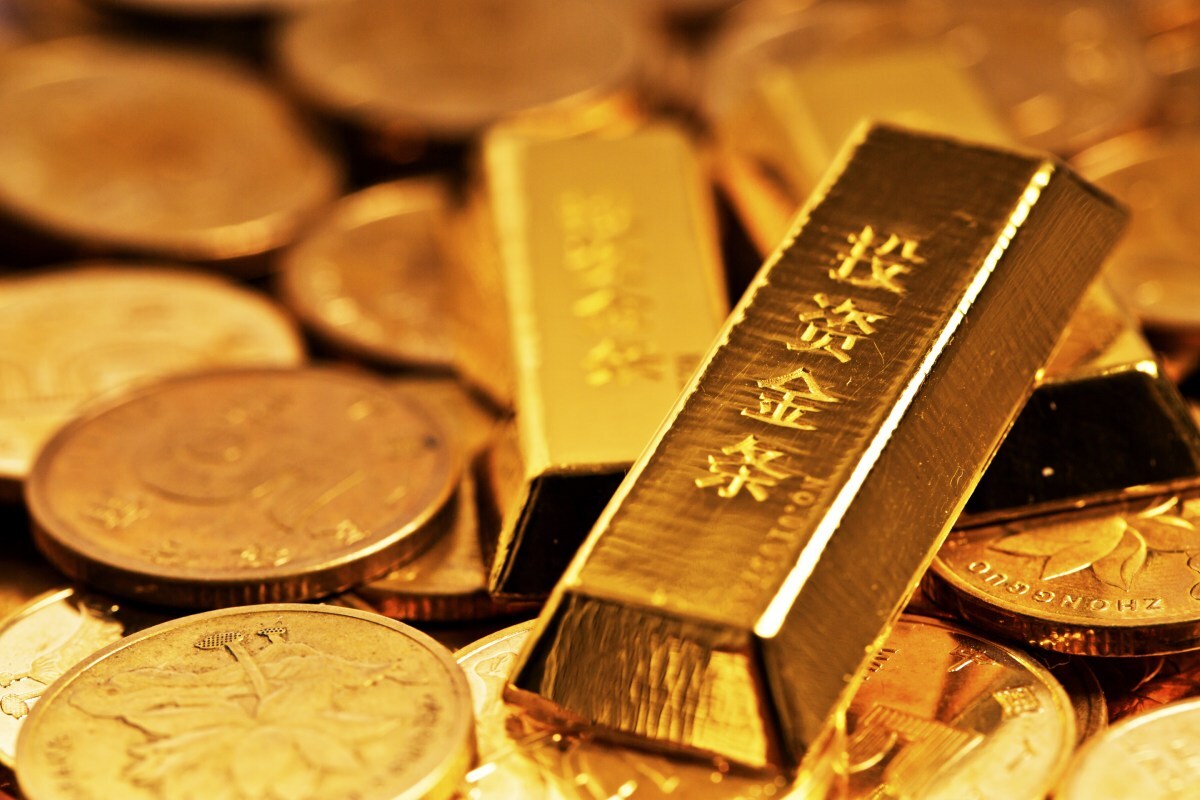
As gold surged past $4,000 a troy ounce for the first time, China appears to be edging closer to its long-held ambition: becoming a global hub for storing and trading the world’s bullion.
As Bloomberg reported, Beijing is behind recent initiatives such as the Shanghai Gold Exchange’s new offshore vault, designed to expand the city’s global reach and bolster China’s influence in international commodity markets.
In doing so, China has “sought to woo other nations to store gold in China’s bonded warehouses,” wrote Bloomberg’s Yihui Xie, noting that officials aim to position the country as an alternative to London, where much of the world’s bullion is currently held.
The effort aligns with China’s broader accumulation strategy. Between 2000 and 2024, the country was the second-largest net buyer of gold, adding 1,844.5 tons, second only to Russia, according to World Gold Council data.
Gold accounted for 6.7% of the People’s Bank of China’s foreign exchange reserves as of June 2025, underscoring its rising role in China’s reserve composition.
“China has been swapping Treasuries for gold for years, lifting reserves to over 74 [million] ounces,” wrote venture capitalist Chamath Palihapitiya.
“This is a reflection of both state policy and popular sentiment: hedging against dollar risk, sanctions, and China’s own shaky property and stock markets,” he added.
When geopolitical & socio-economic tensions rise, both people & nations turn to hard assets.
undefined Chamath Palihapitiya (@chamath) October 8, 2025
One big buyer in particular has been Beijing. China has been swapping Treasuries for gold for years, lifting reserves to over 74m ounces.
This is a reflection of both state policy and… https://t.co/tetYiY4x1P pic.twitter.com/mkMkZwJxvr
The moves come amid a historic rally in gold, which has gained nearly 50% year-to-date, setting multiple record highs as investors seek safety in the face of geopolitical uncertainty and persistent inflation pressures.
Challenging dollar dominance
China’s gold strategy underscores its broader effort to diversify away from the U.S. dollar, a priority that has gained momentum amid rising geopolitical tensions with Washington and concerns over exposure to U.S. financial sanctions.
Beijing has been gradually reducing its reliance on dollar assets as part of a long-term push to strengthen the yuan’s role in global trade and finance. Its U.S. dollar reserves have declined significantly since 2016, when greenbacks made up more than half of its foreign-exchange holdings.
The effort dovetails with the agenda of the BRICS bloc — a coalition of emerging economies including Brazil, Russia, India, China, and South Africa, along with several new members — that has sought to promote trade and settlement in local currencies.
As part of that push, the Shanghai Gold Exchange recently launched two new gold contracts denominated in yuan, which can be settled in cash or through physical delivery of bullion.
While it’s far too early to declare the end of the dollar’s dominance, there are mounting signs that global demand for dollar-denominated assets, especially U.S. Treasurys, is softening.
According to Reuters, foreign central banks’ holdings of U.S. Treasury securities at the New York Federal Reserve have fallen to their lowest level in more than a decade.
As JPMorgan noted, “de-dollarization is unfolding in central bank FX reserves, where the share of the U.S. dollar has slid to a two-decade low.” The shift is especially visible in commodity markets, JPMorgan said, where energy is increasingly being traded in non-dollar contracts.
Your email address will not be published. Required fields are markedmarked